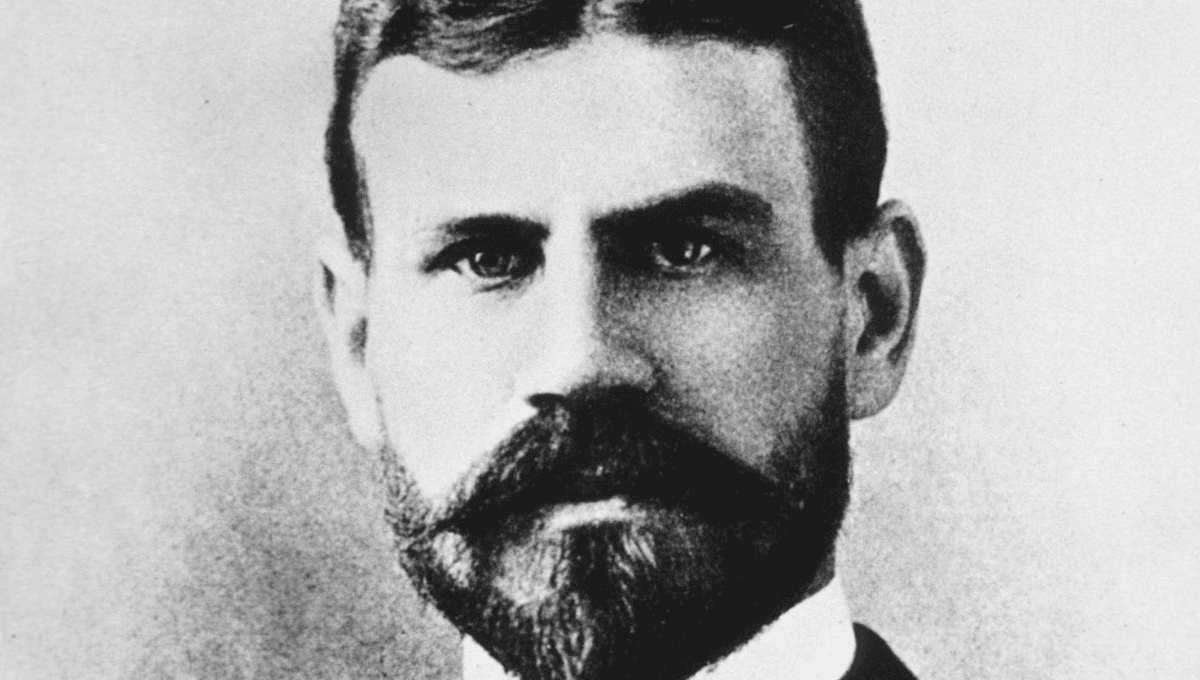
How far would you go to prove you’re right? At the dawn of the 20th century, American scientist Jesse William Lazear made the ultimate sacrifice in the pursuit of biomedical knowledge. He allowed an infected mosquito to bite him and succumbed to yellow fever within weeks. In his tragic death, he helped to establish that these tiny buzzing insects were the carriers of the deadly disease.
ADVERTISEMENT
Yellow fever originated in the rainforests of Africa and was introduced to the Americas during the 16th century by European colonization and the trans-Atlantic slave trade. Here in the so-called “New World”, it thrived in the balmy tropical and sub-tropical regions of South and Central America and the Caribbean.
Odd outbreaks of the disease appeared over the centuries, but it wasn’t until the Spanish–American War of 1898 that yellow fever truly captured the attention of the US after claiming the lives of thousands of soldiers in Cuba.
Almost 20 years prior, a Cuban physician called Carlos Finlay was working on a bold hypothesis that yellow fever was spread by mosquitoes and that the disease wasn’t directly transmitted from human to human. But the world was not ready to listen. When he presented his ideas at the 1881 International Sanitary Conference, his peers dismissed them and effectively laughed him out of the hall.
Startled by the number of deaths in Cuba during the Spanish–American War, the US military assembled a team of top scientists – Walter Reed, James Carroll, Jesse W. Lazear, and Aristides Agramonte – to investigate the cause of the disease.
Known as the Yellow Fever Commission, their initial work failed to establish that the disease was caused by the microbe Bacillus icteroides, so they moved on to the once-controversial hypothesis put forward by Finlay.
A lot had changed since he first put forward his theory in 1881. In the last few years of the 19th century, British and Italian researchers discovered that the Anopheles mosquito was responsible for transmitting the malaria parasite, thus paving the way to treat and prevent the deadly disease. Suddenly, the mosquito hypothesis wasn’t so ridiculous.
ADVERTISEMENT
Lazear, along with Carroll and another “young soldier”, allowed themselves to be bitten by Cuban mosquitoes that had fed on patients with yellow fever. While Carroll and the serviceman managed to recover and survive, Lazear passed away from yellow fever on September 25, 1900.
It was becoming increasingly apparent that mosquitoes were the prime culprit, yet a definitive link was not yet established; another set of grisly experiments was needed to affirm their suspicions.
Volunteers were made to sleep on bed linen that had been soiled with the puke, blood, urine, and feces of yellow fever patients. None of them fell sick. They also made participants sleep in a chamber with mosquitoes that had fed on yellow fever patients. In another chamber, a control group remained safely separated. Nearly everyone in the mosquito-filled room fell ill, while those on the protected side remained fit and healthy. The results spoke for themselves.
The findings of the Yellow Fever Commission helped to change the course of medical history. With the mosquito’s role confirmed, targeted efforts to control the insect led to the prevention of yellow fever in many parts of the world. What once seemed like an outlandish theory became a cornerstone of disease prevention, saving countless lives.
ADVERTISEMENT
Sadly, the breakthrough came at the cost of the lives of brave scientists and countless unnamed volunteers.
Source Link: The Scientist Who Sacrificed Himself To Mosquitoes To Prove A Theory